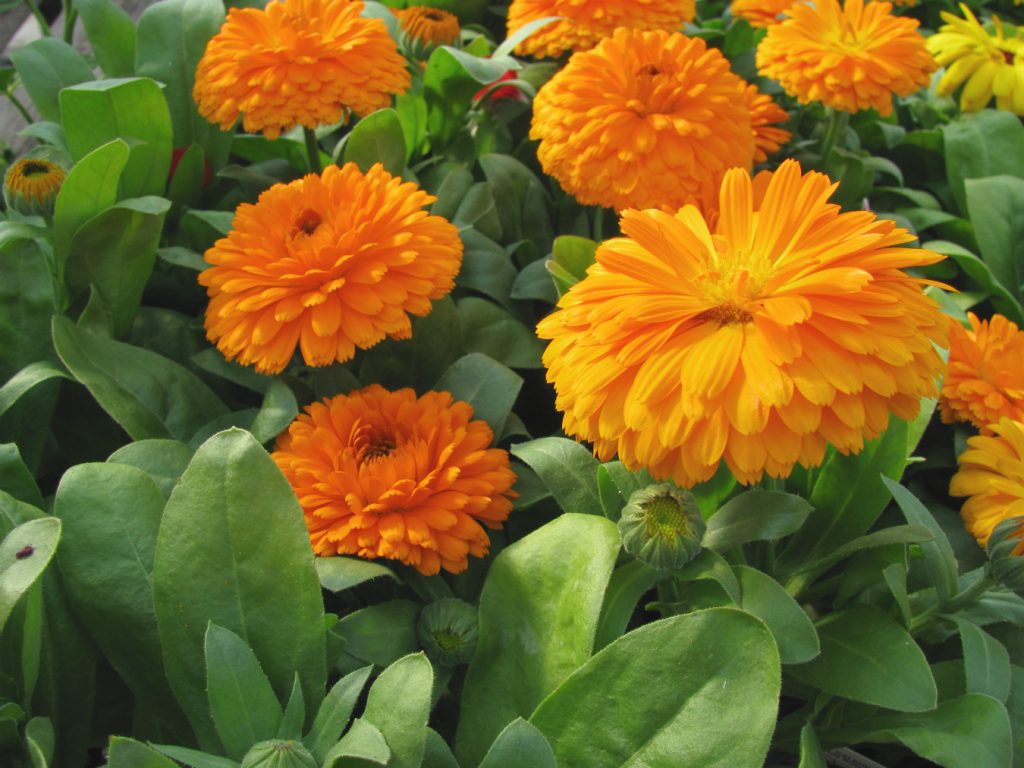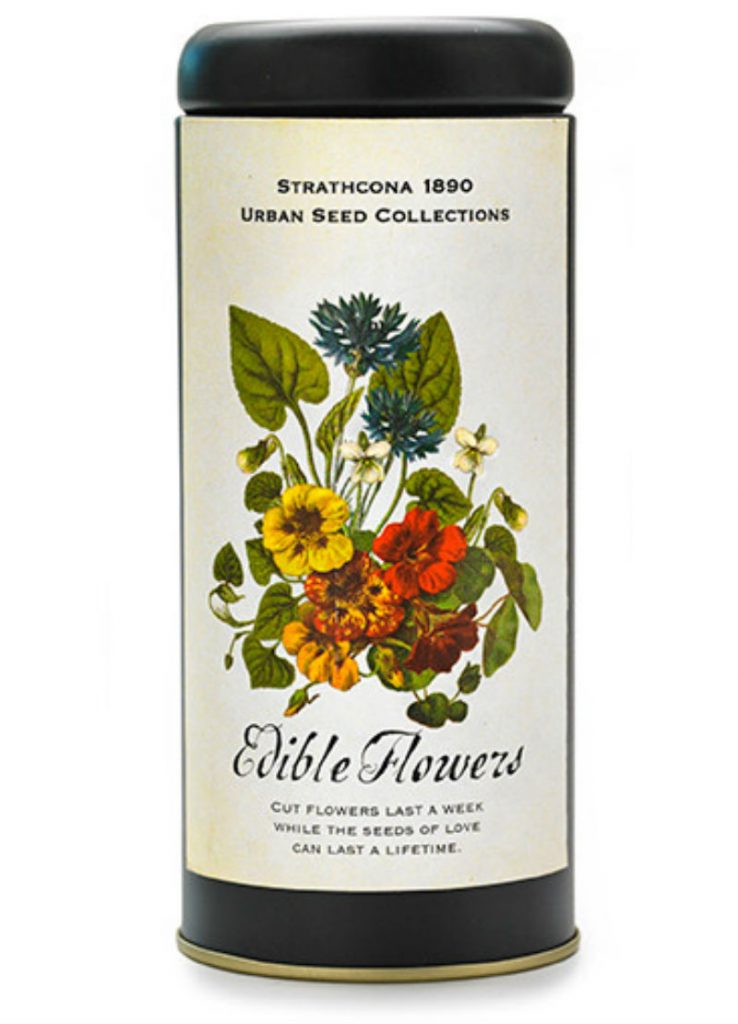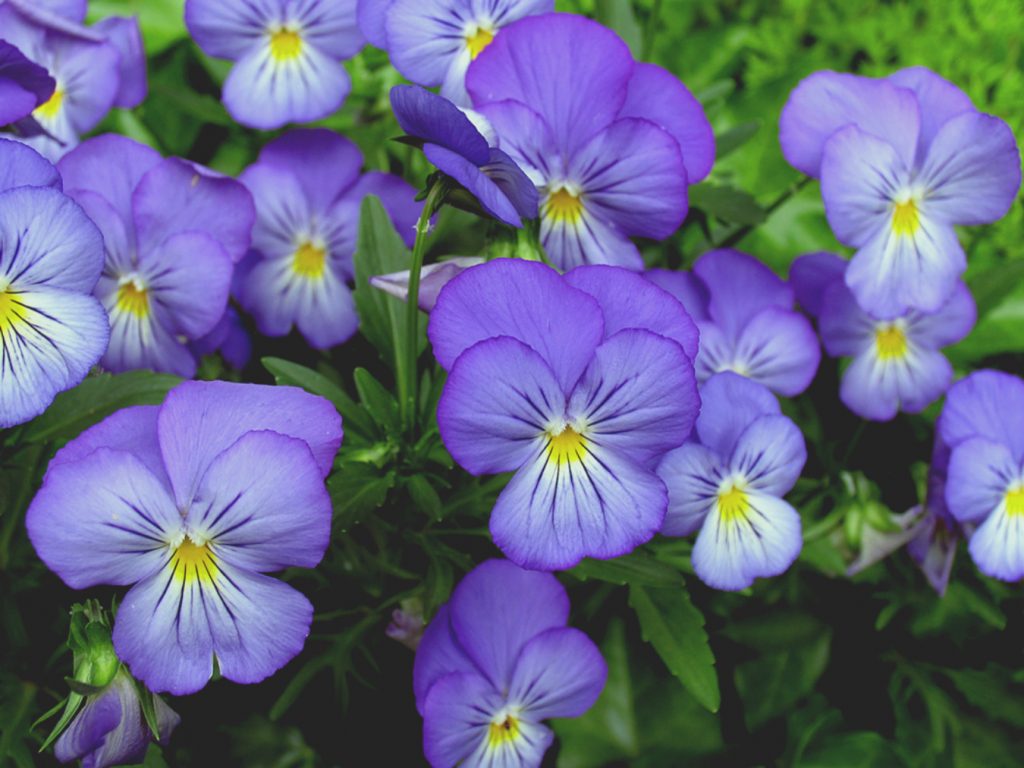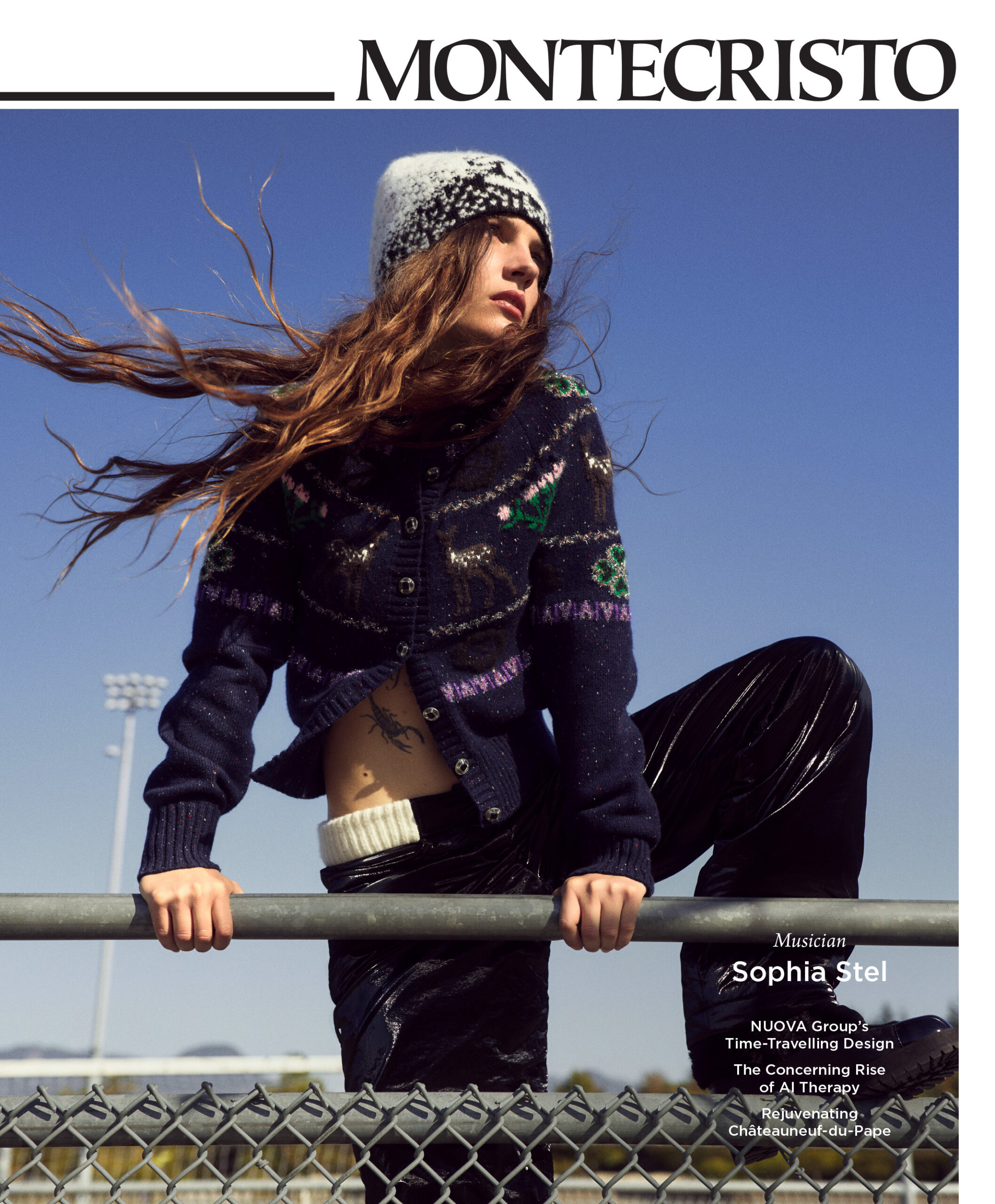At the helm of Strathcona 1890 Urban Seed Collections, a seed company aimed at getting Lower Mainland residents excited about growing, is gardener Judy Kenzie. Passionate about food sovereignty, Kenzie creates collections suitable for growing in container gardens, urban balconies, and rooftop spaces; each comes with an individual package of seeds, plus germination tips, and either an activity or a recipe. Here, she shares some of her favourite unique and easy-to-grow seed blends with MONTECRISTO.
If there is one thing I have learned it is that people “taste” with their eyes before their lips. This knowledge and experience spurred me to create Edible Flowers, the first Strathcona 1890 seed collection, which is arguably still the most popular. These flowers have some wonderful stories to tell.
Nasturtiums
Nasturtiums are among the most common edible flowers, and are quite easy to grow. Native to South America, they were brought to Spain in the 1500s. They were later grown in the royal gardens of France and at Thomas Jefferson’s Virginia home, Monticello, in the United States. The blossoms have a sweet, spicy flavour similar to watercress while the leaves have a peppery tang. Use these flowers to garnish platters, salads, and savoury appetizers. Seed pods can be pickled and used as a substitute for capers.
Calendula
Calendula flowers have religious roots. They are commonly known as “Mary’s Gold”—a reference to Catholic ritual—and have often been used to decorate the statues of Hindu deities. The plant’s flavours range from spicy to bitter, tangy to peppery. The sharp taste resembles saffron and the petals add a yellow tint to soups, paella, spreads, and scrambled eggs. Sprinkle petals on soups, pasta or rice dishes, herb butters, and salads for added zest.
Cornflowers
Also known as “Bachelor Buttons”, Cornflowers have a slightly sweet-to-spicy, clove-like flavour and are commonly used in Earl Grey tea blends. Add them to salads with corn kernels for an intense splash of colour. The striking blue blossoms can also be used as a natural food dye.
Borage
A medicinal herb with edible leaves, Borage (also known as “Starflower” or “Bee Bush”) is a favourite among honey, bumble, and native bees. The name is thought to have come from the Celtic term, barrach, meaning “a man of courage,” since Celtic warriors were said to have drank wine with borage before going into battle. The plant’s lovely blue star-shaped flowers taste like cucumbers. Add them to cold drinks, gelatin, and fruit salads for a refreshing flavour enhancement. Leaves can be used as a salad green and flowers as edible decorations, and this versatile herb can also be used in soups, salads, drinks and cocktails, preserves, and sauces, or can be cooked as a stand-alone vegetable.
Violas
It is said that violas were used to foretell the future for King Arthur’s Knights of the Round Table by reading a petal’s markings. If the lines were thick and leaned left, this meant a life of trouble, while lines leaning right signified prosperity. Seven lines meant constancy in love; eight, fickleness; and nine, a changing of heart. Eleven grimly signified disappointment in love and an early grave. Use these petals to decorate confectionery items like cakes and pastries, as well as cheeses.
Scarlet Runner Beans
Native to Central America, Scarlet Runner Beans are thought to have been cultivated in Peru 8,000 years ago. Unlike most beans, runner beans are perennial, though outside the tropics we must grow them as annuals. Many North American gardeners love the Scarlet Runner Bean because it attracts hummingbirds, yet the scarlet variety was developed by the hummingbird-less English, who first used the flowers in bouquets and as edible flowers. Use these flowers in salads and as garnishes.
Kenzie does not recommend eating edible flowers if you have asthma, allergies, or hay fever. If new to your cooking regime, consume in moderation, and from organic or self-grown sources. Harvest flowers for eating in the cooler parts of the day after any dew has evaporated.
Learn more about Strathcona 1890 Urban Seed Collections.
Discover more seed collections and recipes from Strathcona 1890.











